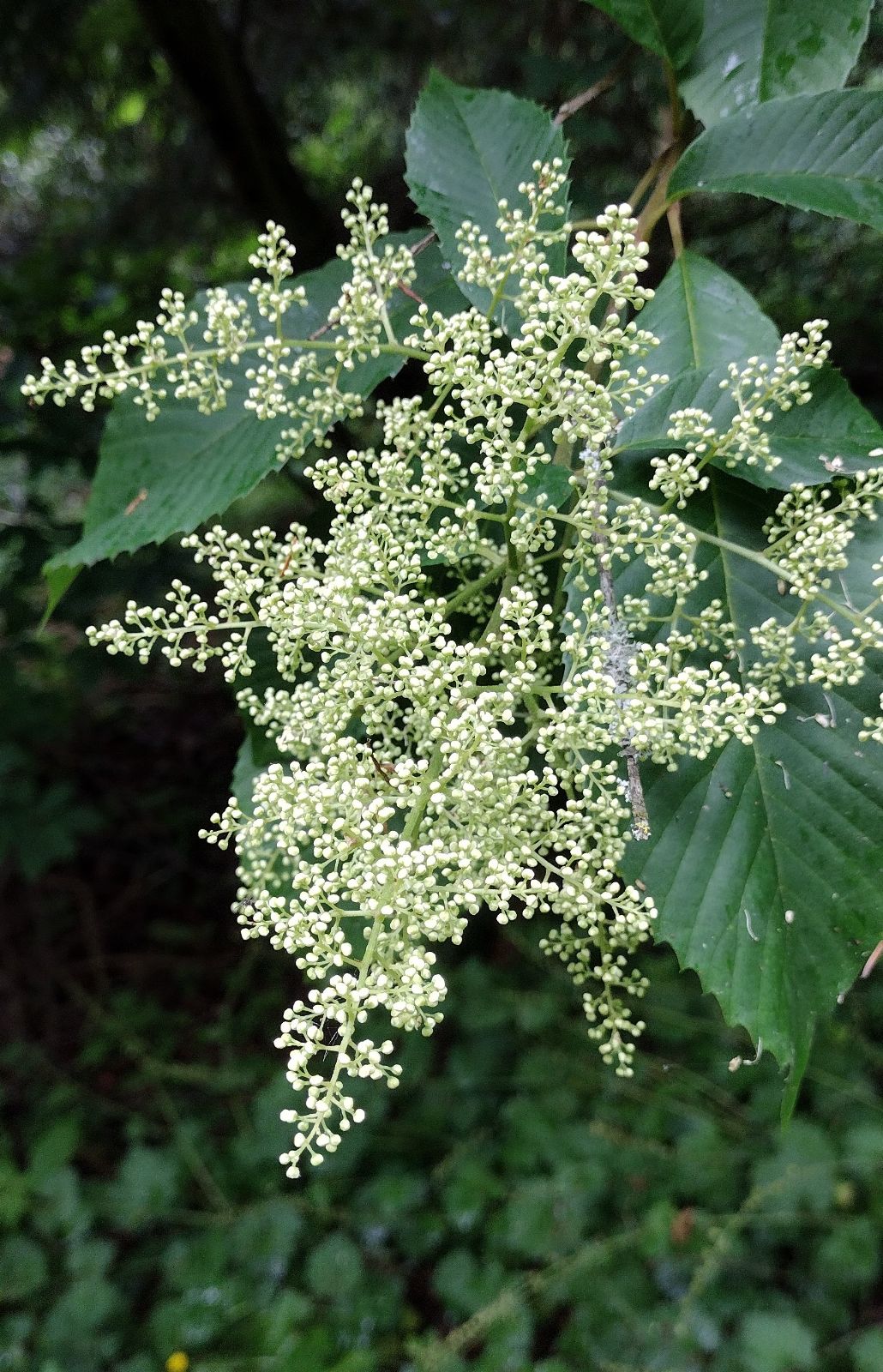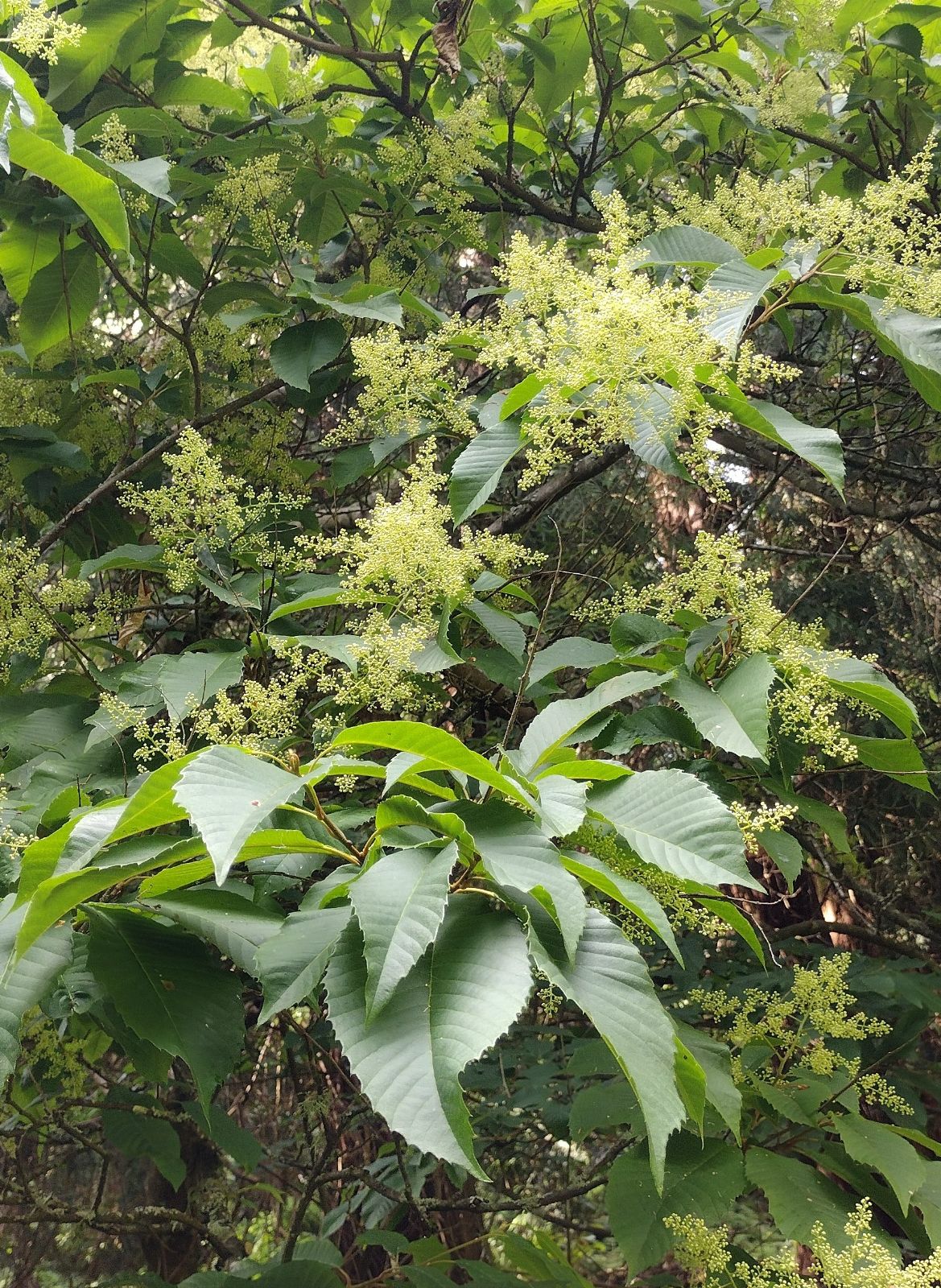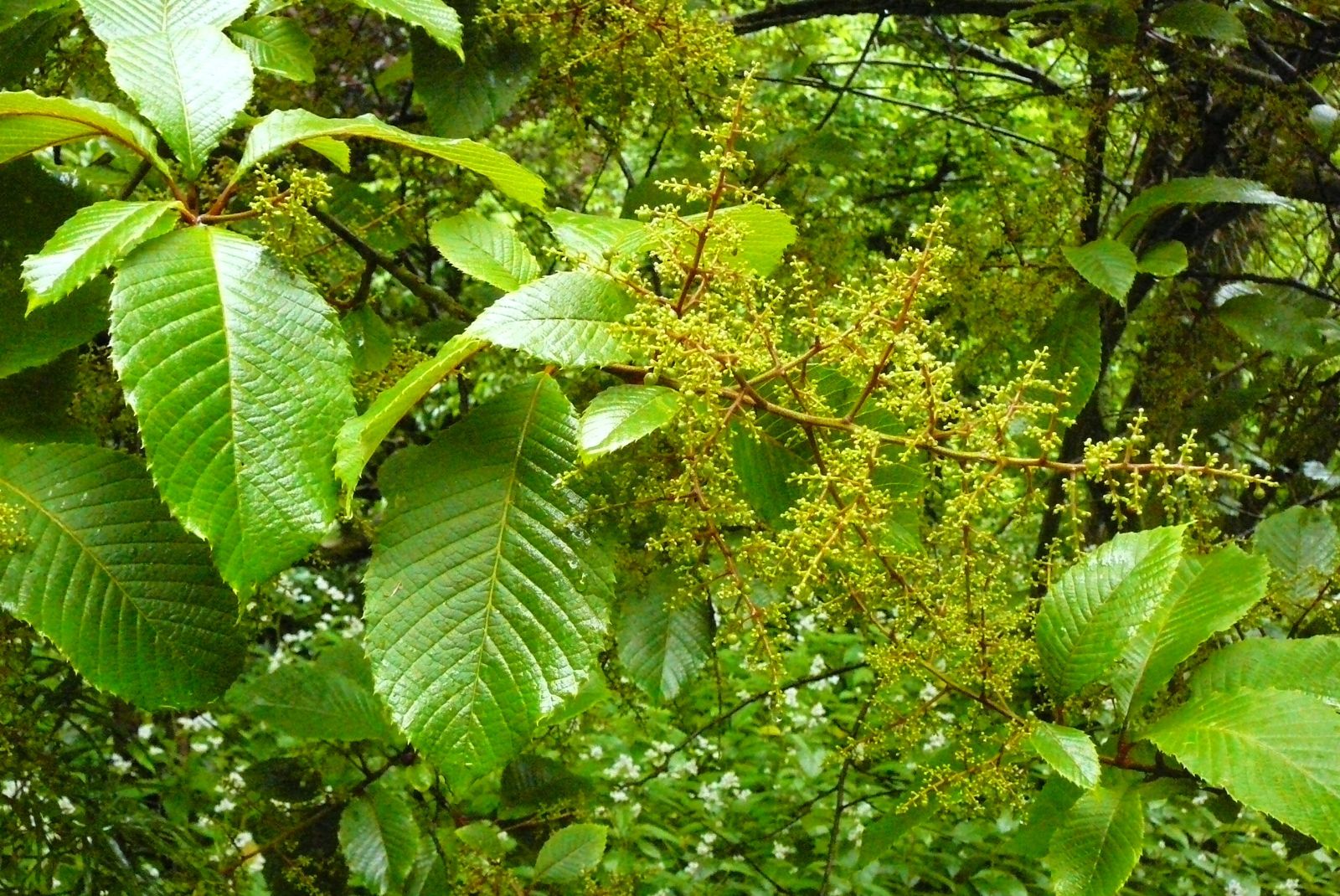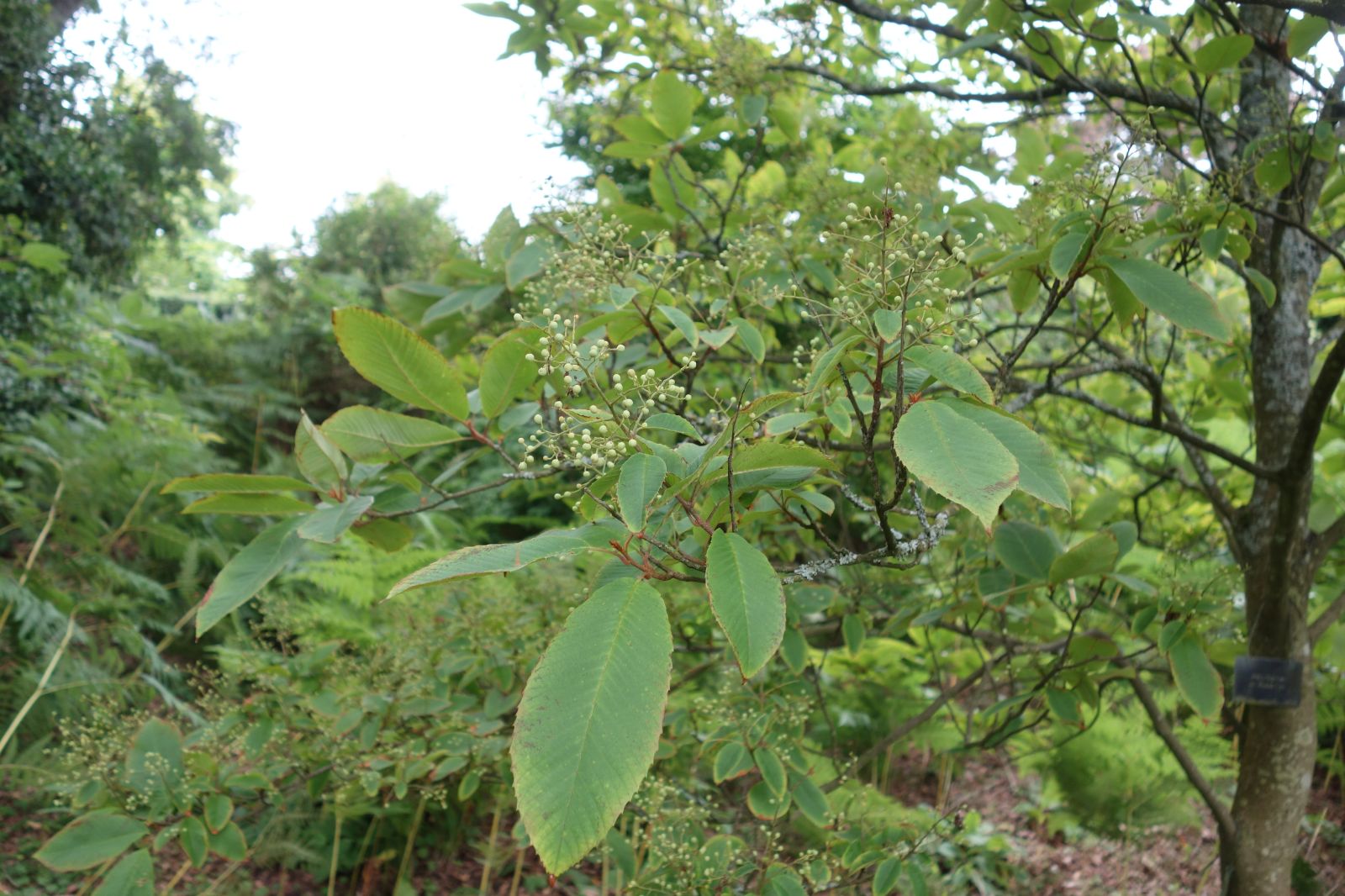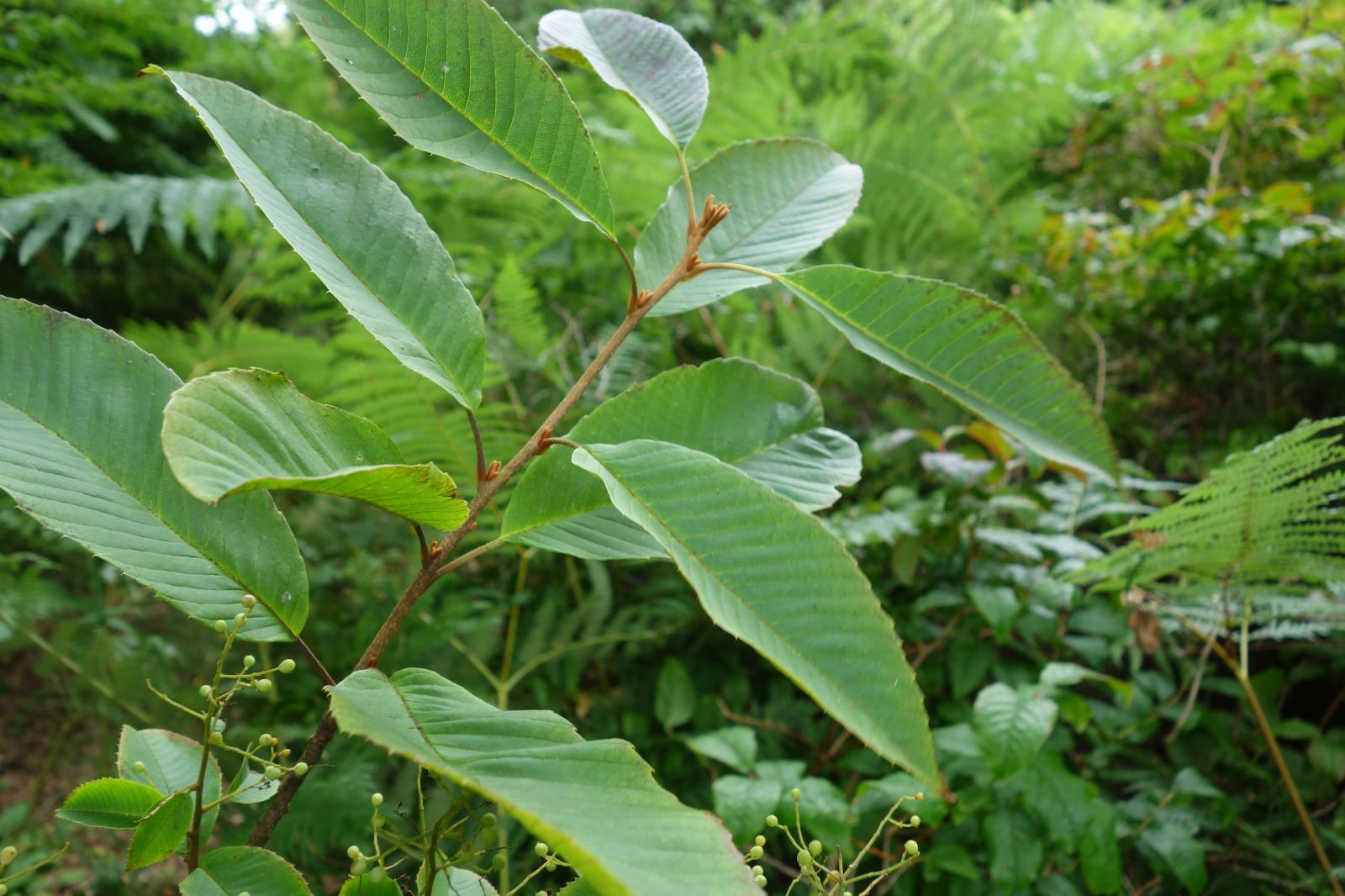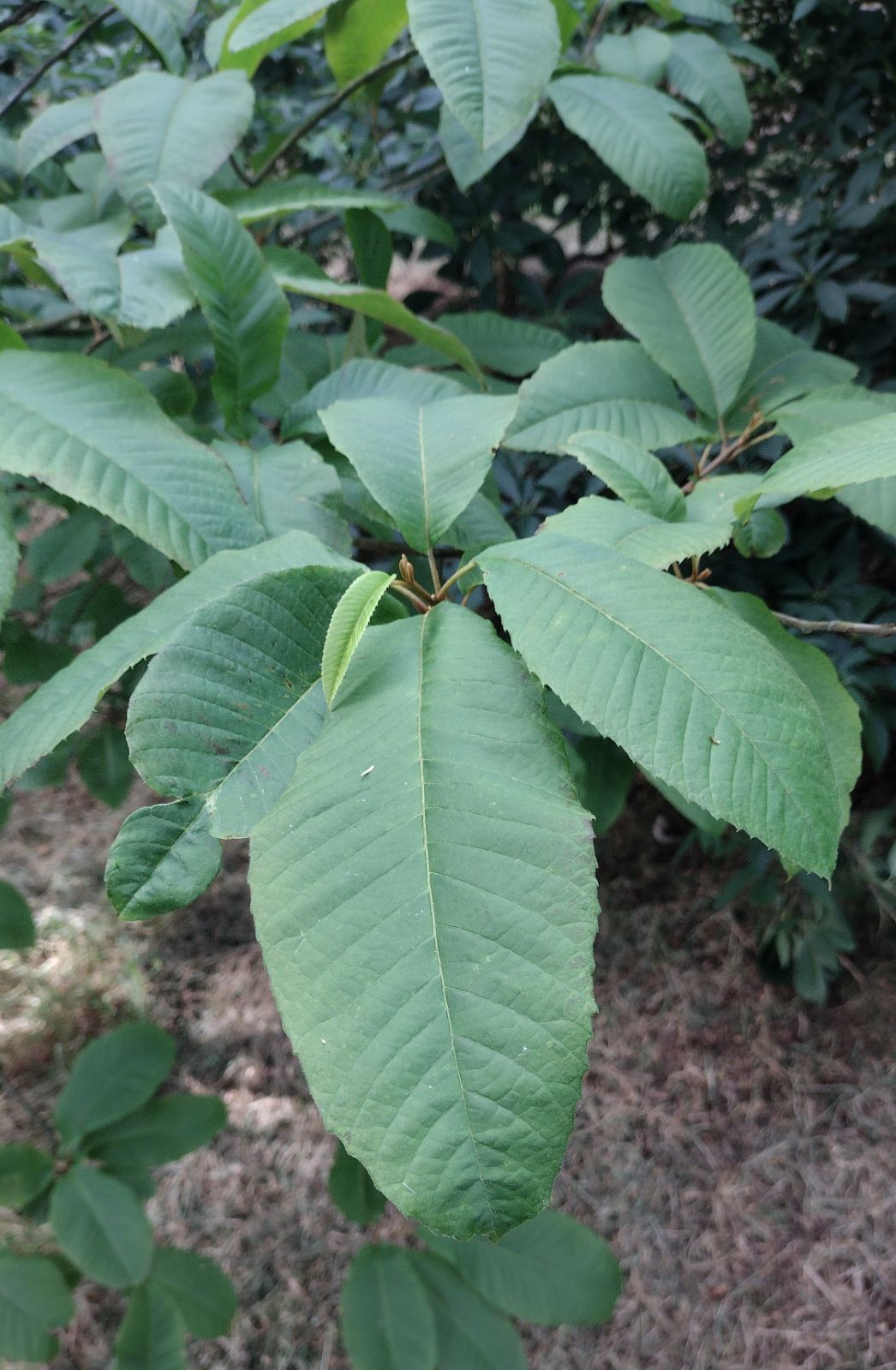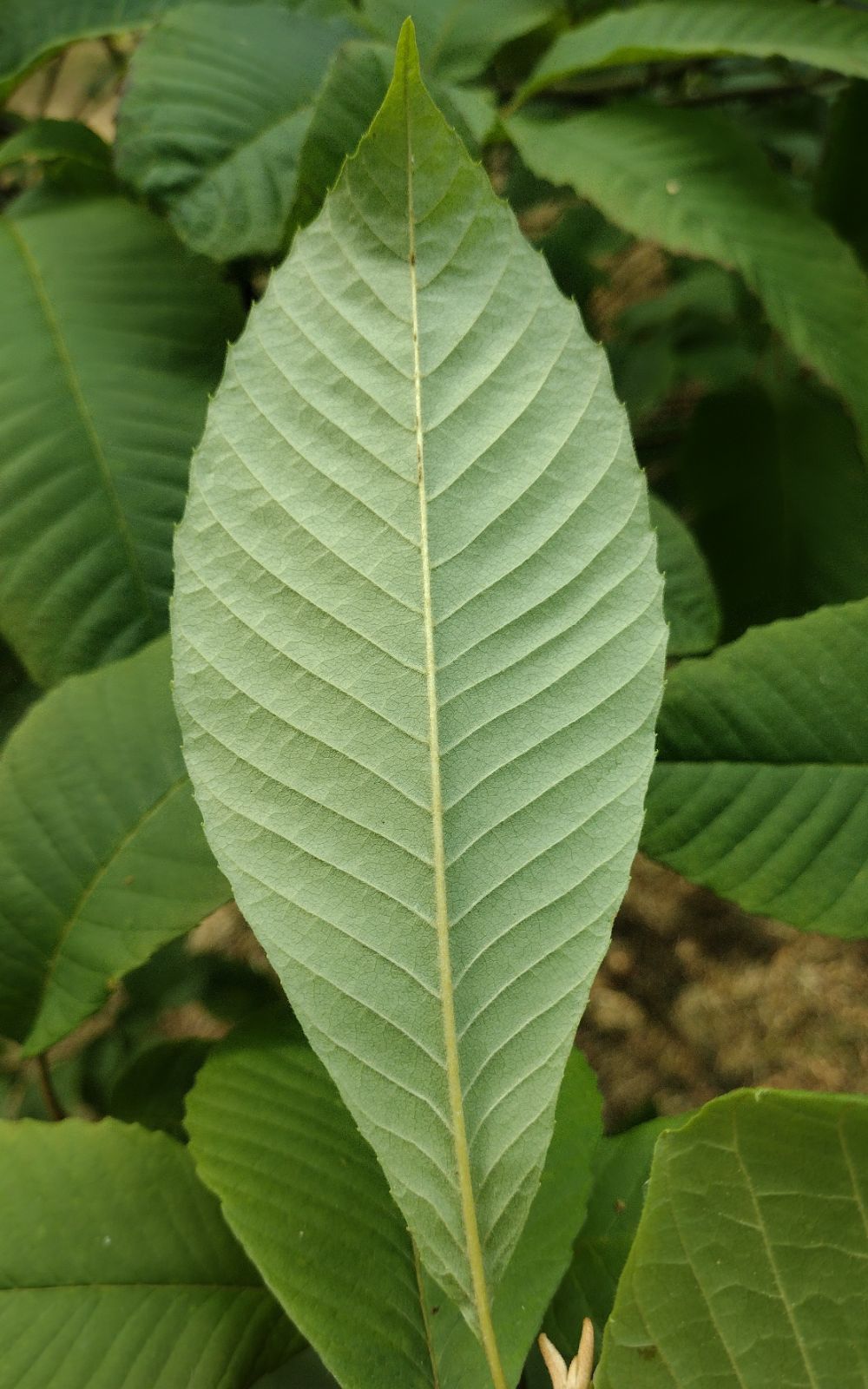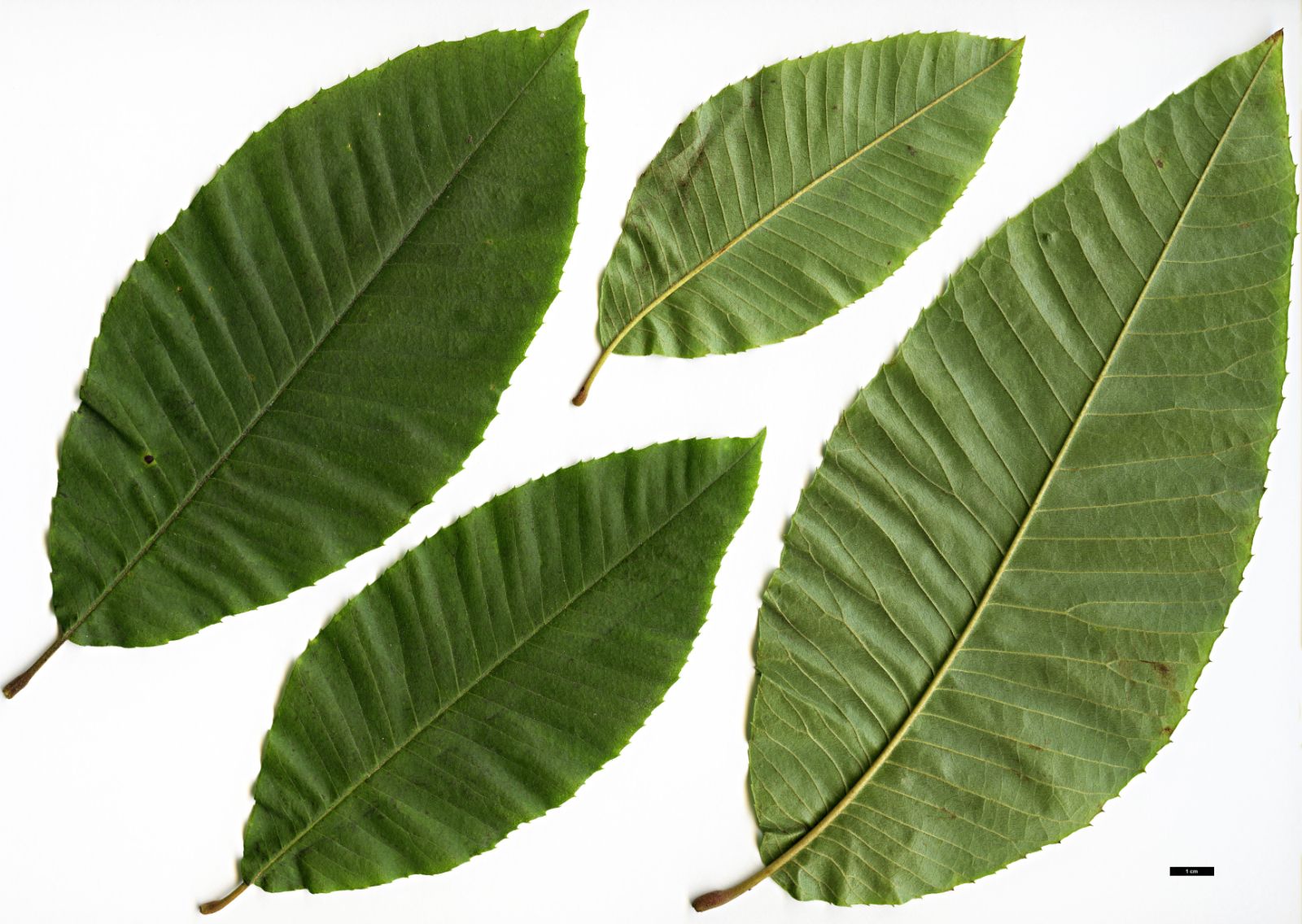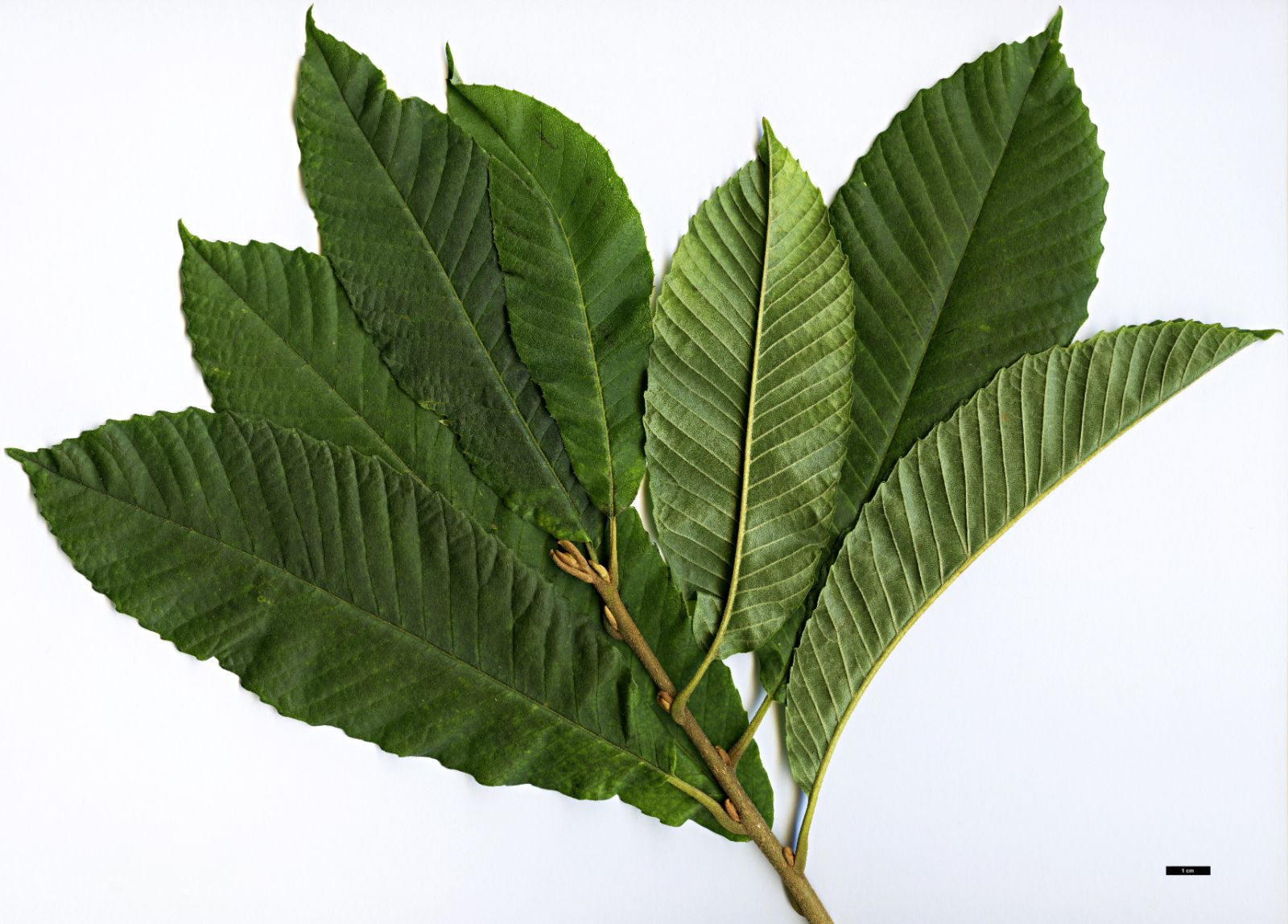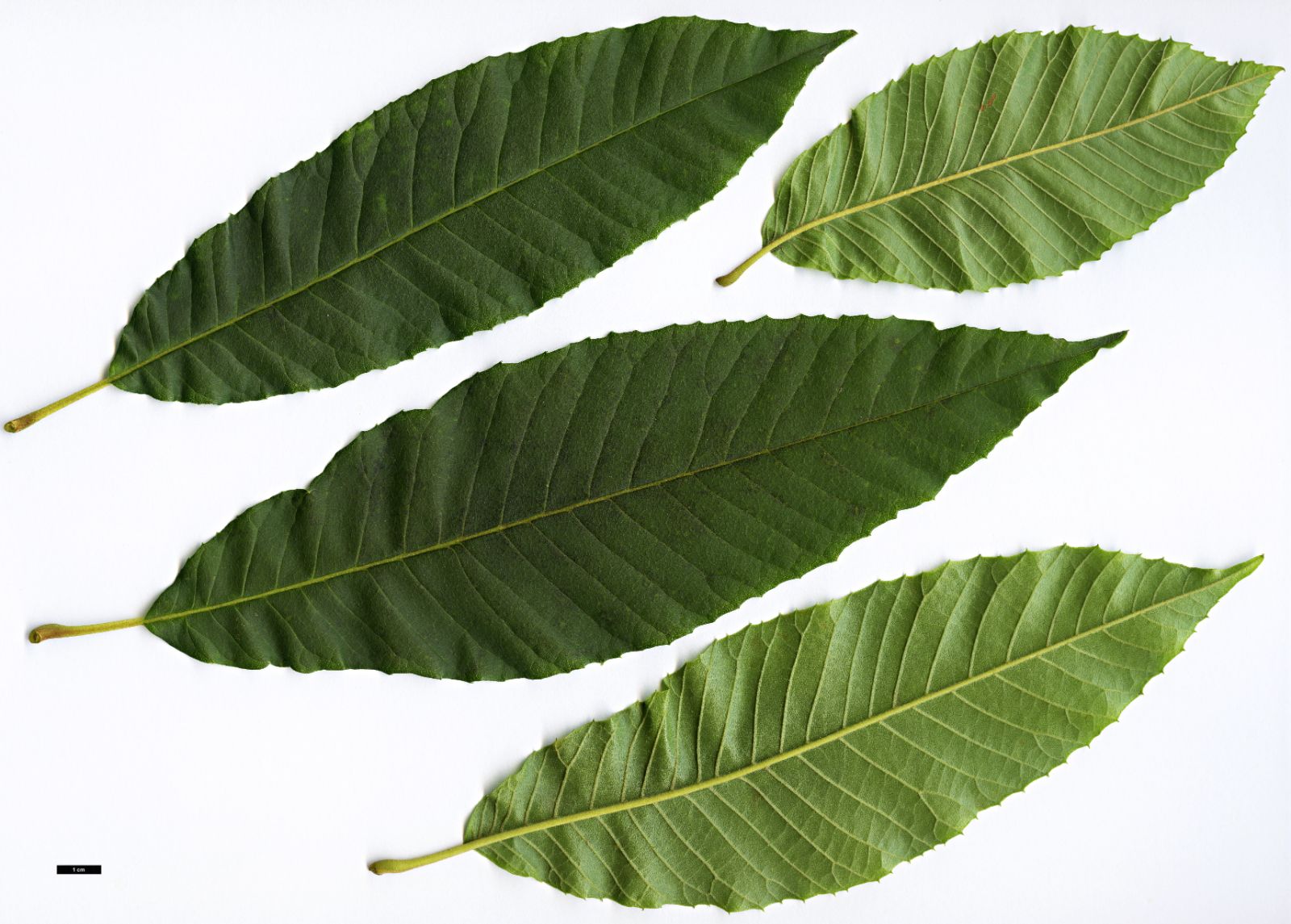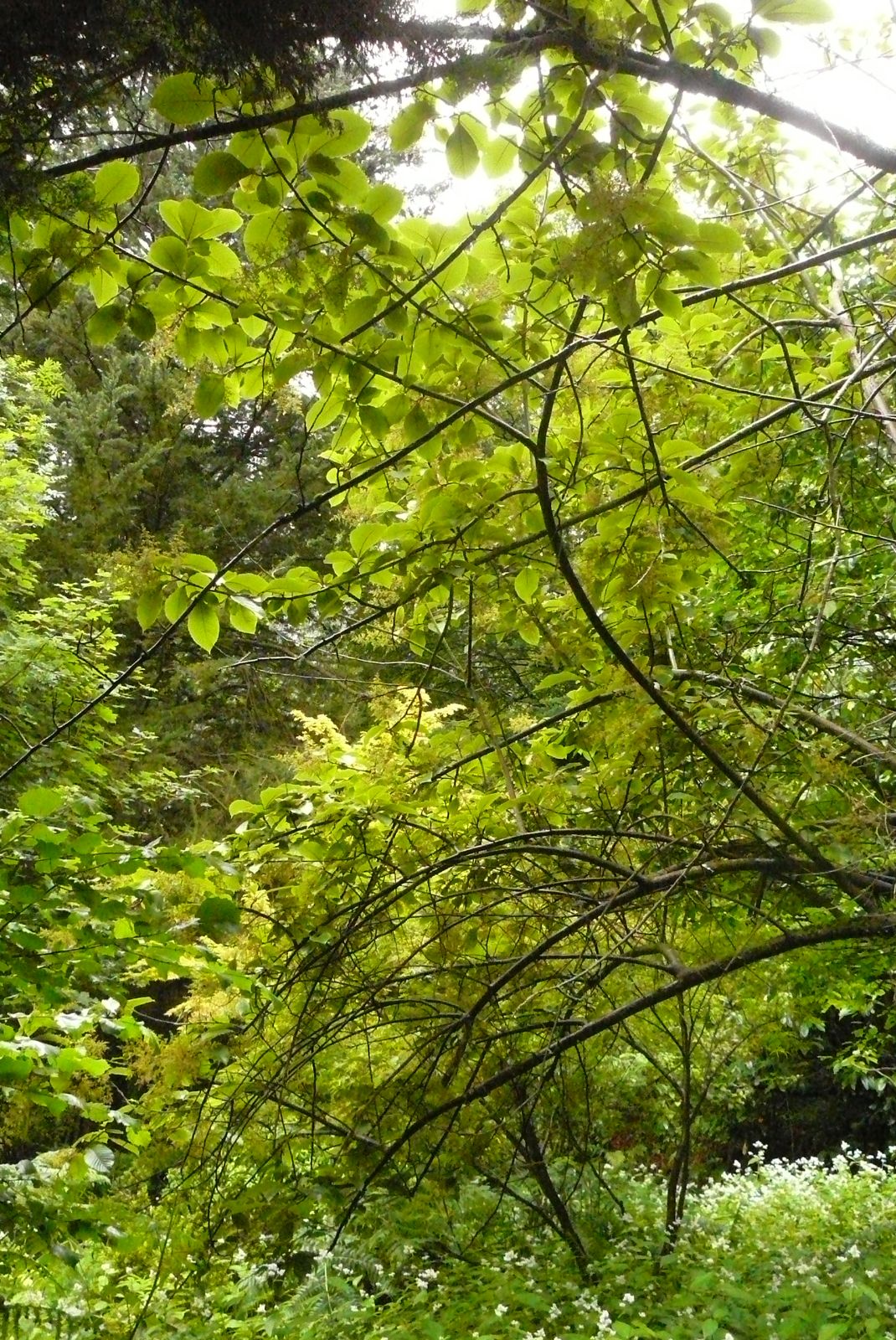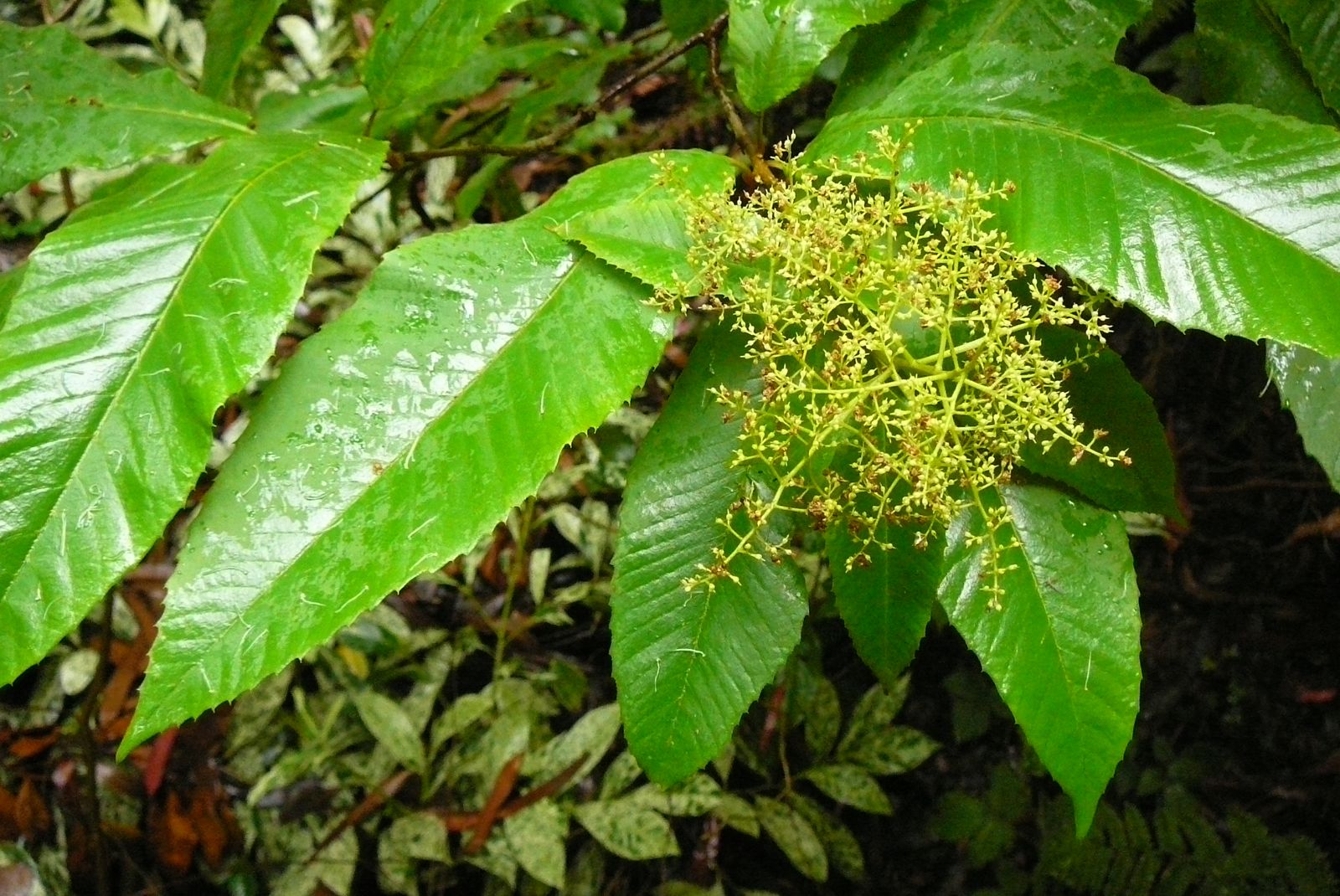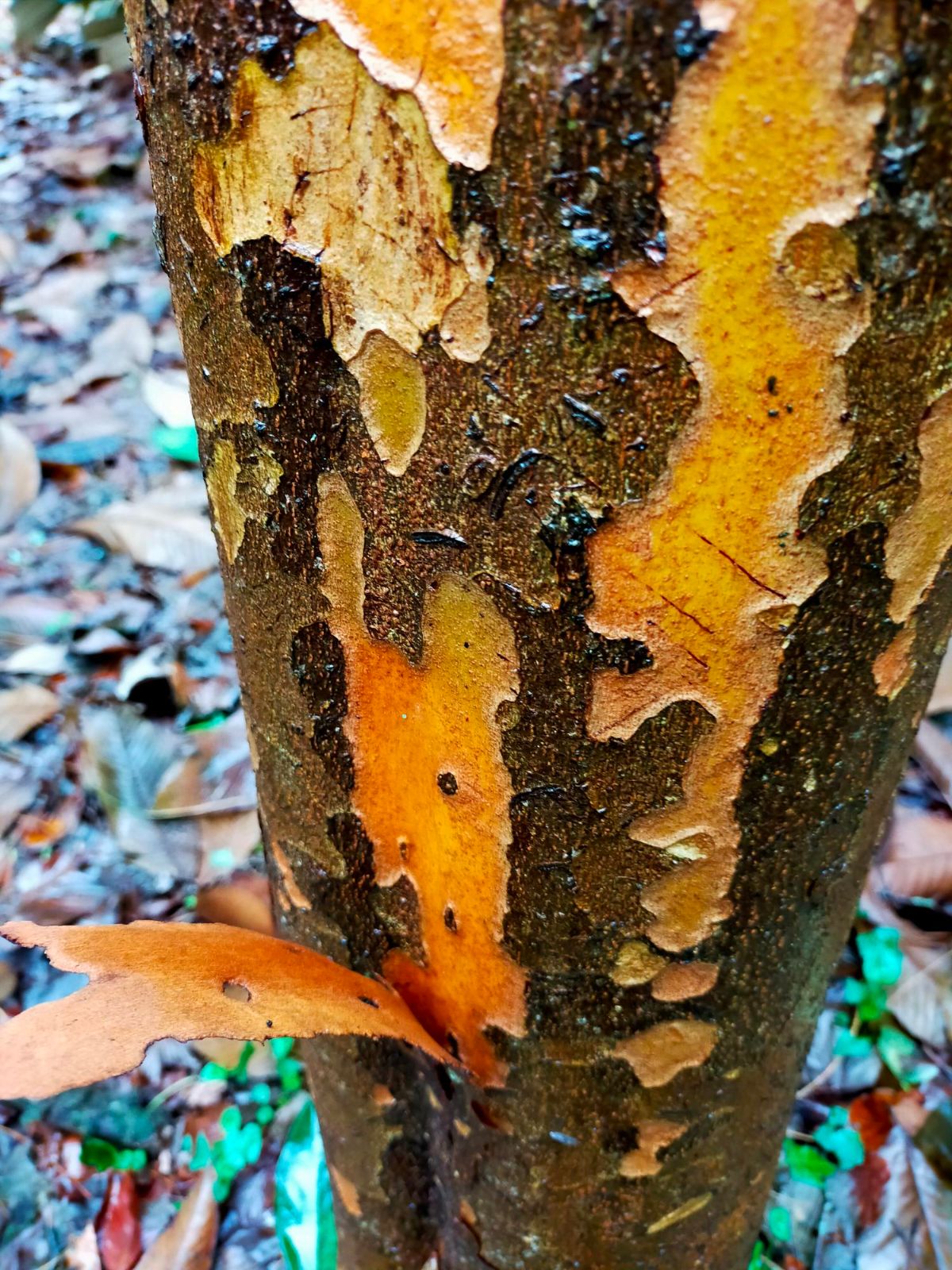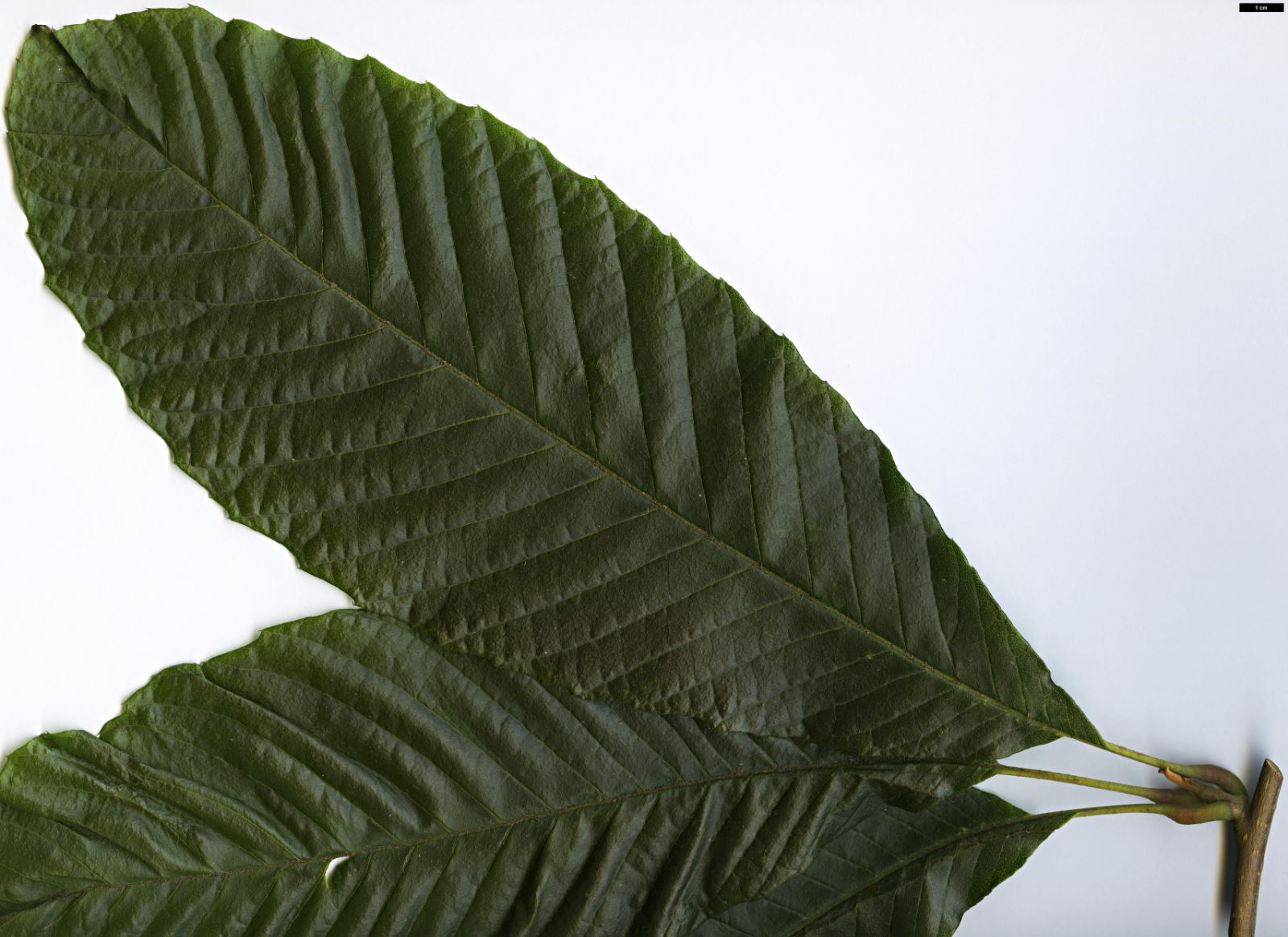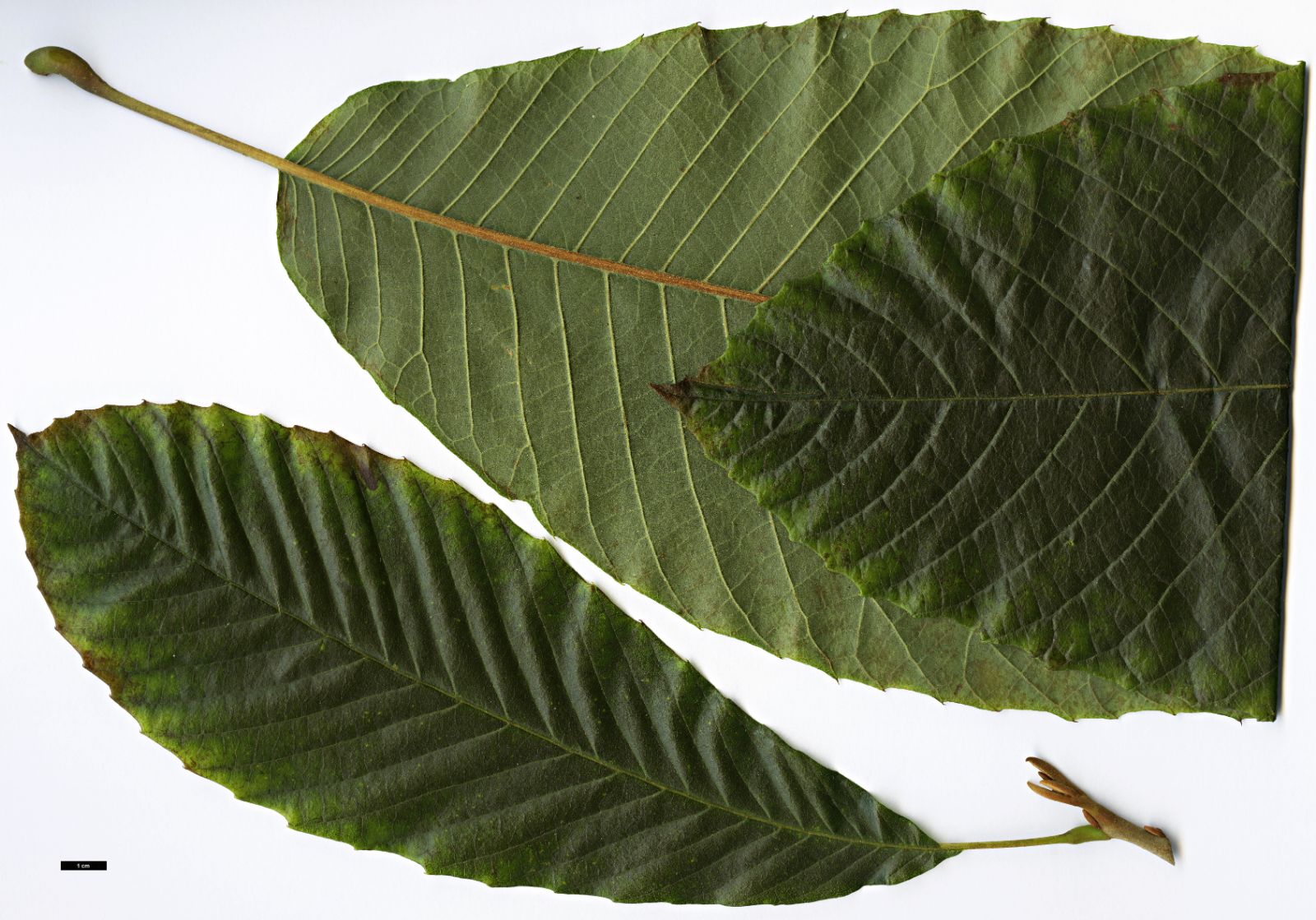Meliosma myriantha
Sponsor
Kindly sponsored by
Lady Diana Rowland
Credits
Owen Johnson (2022)
Recommended citation
Johnson, O. (2022), 'Meliosma myriantha' from the website Trees and Shrubs Online (treesandshrubsonline.
Genus
Deciduous tree to 20 m, with a spreading habit. Bark grey, smooth, with prominent horizontal bands of lenticels when young. Twigs and buds with rusty pubescence. Leaves simple, obovate to oblong, 8–30 × 4–12 cm, sharply pointed and obtuse at the base, becoming glabrous above but variably pubescent beneath with tufts under the vein-axils; veins in (10–)20–25 pairs, conspicuously parallel, each running to one mucronate marginal tooth; petiole 5–15 mm, with rusty pubescence. Flower-head terminal, erect, opening in summer,15–25 cm long, with rusty pubescence, very fragrant; branches flat, long and slender. Sepals 4 or 5. Petals dull white, c. 1.5 mm wide. Fruit obovoid or globose, 4–5 mm wide, dark red. (Guo & Brach 2007; Bean 1981).
Distribution China Anhui, Fujian, N Guangdong, NE Guangxi, Guizhou, Henan, Hubei, Hunan, Jiangsu, Jiangxi, SW Shaanxi, Shandong, S Sichuan, Zhejiang Japan South Korea
Habitat Moist mountain forests and streamsides, below 2000 m asl.
USDA Hardiness Zone 7
RHS Hardiness Rating H6
Conservation status Least concern (LC)
In the wild, Meliosma myriantha is probably the most widely distributed of the deciduous Asiatic species; it was the first to be described (in 1845) and the first to be introduced to the west, reaching Veitch’s Coombe Wood nursery in Surrey in 1879 from a collection made in Japan by Charles Maries (Bean 1981). Since then it has maintained a position as one of the least unfamiliar Meliosma in cultivation. It is part of a group whose leaves carry many closely parallel veins and which look, in this case, rather like a Sweet Chestnut’s; given enough summer warmth, the richly scented white flowers are showy.
The original plant at the Royal Botanic Gardens, Kew flowered every summer but remained a bush no more than 2.5 m tall (Bean 1981). Bean also mentioned that young plants were often killed by frost at Kew, which has probably contributed to the idea that this is a rather tender species; the Hillier Manual of Trees and Shrubs gives it a hardiness rating of H4, suggesting that it cannot be expected to survive where winter minimums below –5°C are common (Edwards & Marshall 2019). A better indication of this tree’s limits, however, is provided by a young two-stemmed tree in the München-Nymphenburg Botanical Garden in Bavaria (University of Trieste 2022), whilst Barry Yinger, drawing on his experience at Brookside Gardens in Pennsylvania and cited by Randy Stewart (Stewart 2022), suggested that established trees could withstand at least 26°C of frost – the hardiest individuals coming from Shaanxi Province in China – but that younger plants should be protected from very cold winter winds and late spring frosts. The species seems to prefer a continental climate with plenty of summer heat, though like most east Asian woodland plants it expects ample rainfall through the growing season and dislikes strong sunshine on its roots. An old plant at the Villa Taranto in northern Italy is one of the most tree-like in cultivation but is now rather lop-sided, with summer drought-stress perhaps contributing to the die-back (University of Trieste 2022).
Flora of China (Guo & Brach 2007) recognises two varieties in addition to the typical form (in which the leaves are serrated almost to their base, and which is the variety from Japan, Korea and from the central eastern Chinese provinces of Henan, N Jiangsu and Shandong). Var. discolor Dunn, from Anhui, Fujian, Guangdong, Guangxi, Guizhou, Hubei, Hunan, Jiangxi and Zhejiang in China, carries only sparsely pubescent foliage, and is considered synonymous with Merrill and van Beusekom’s var. stewardii. Var. pilosa (Lecomte) Y.W. Law, from the Chinese provinces of Anhui, Fujian, NE Guizhou, Hubei, Hunan, Jiangsu, Jiangxi, SW Shaanxi, S Sichuan and Zhejiang, remains densely pubescent and its leaves, which tend to have fewer veins, are only serrated in their upper halves. It is not often suggested to which variety the plants in cultivation are likely to belong, although all three forms are grown in the UK at least. Var. discolor was originally distributed by the Hillier nurseries under the invalid name ‘M. meliantha’ (Edwards & Marshall 2019); a good mature plant at High Beeches Garden in West Sussex belongs to this form (Tree Register 2022) and one recent re-introduction is MF 97–132, distributed by Crûg Farm (Royal Horticultural Society 2020). Var. pilosa is described as a spreading bush in cultivation, no more than 2 m tall (Edwards & Marshall 2019).
Other recent introductions include JP 1981 (var. myriantha), collected near Tokyo and offered by Pépinière AOBA in France (Pépinière Aoba 2022), and CGG 14006, sold by Far Reaches Farm in Washington State but not confirmed to species level (Far Reaches Farm 2022). A small tree at Hackfalls Arboretum in New Zealand seems to be the only Meliosma cultivated in Australasia to have an online presence (Wikipedia 2017).
A tree at Tregrehan, Cornwall, whose leaves are most like Meliosma myriantha but are rather darker and larger (to at least 36 cm long), was received from the Qingpu Paradise Horticultural Company in 1997 as M. rigida, an evergreen species with a very different appearance (QPH 97–167). It differs from typical M. myriantha in its vigour, promising to make a shapely small tree, and most obviously in its dark bark which has begun to flake beautifully to reveal yellow and cream patches, as in M. parviflora but perhaps less evenly (De Langhe 2022, Tom Hudson pers. comm.).

